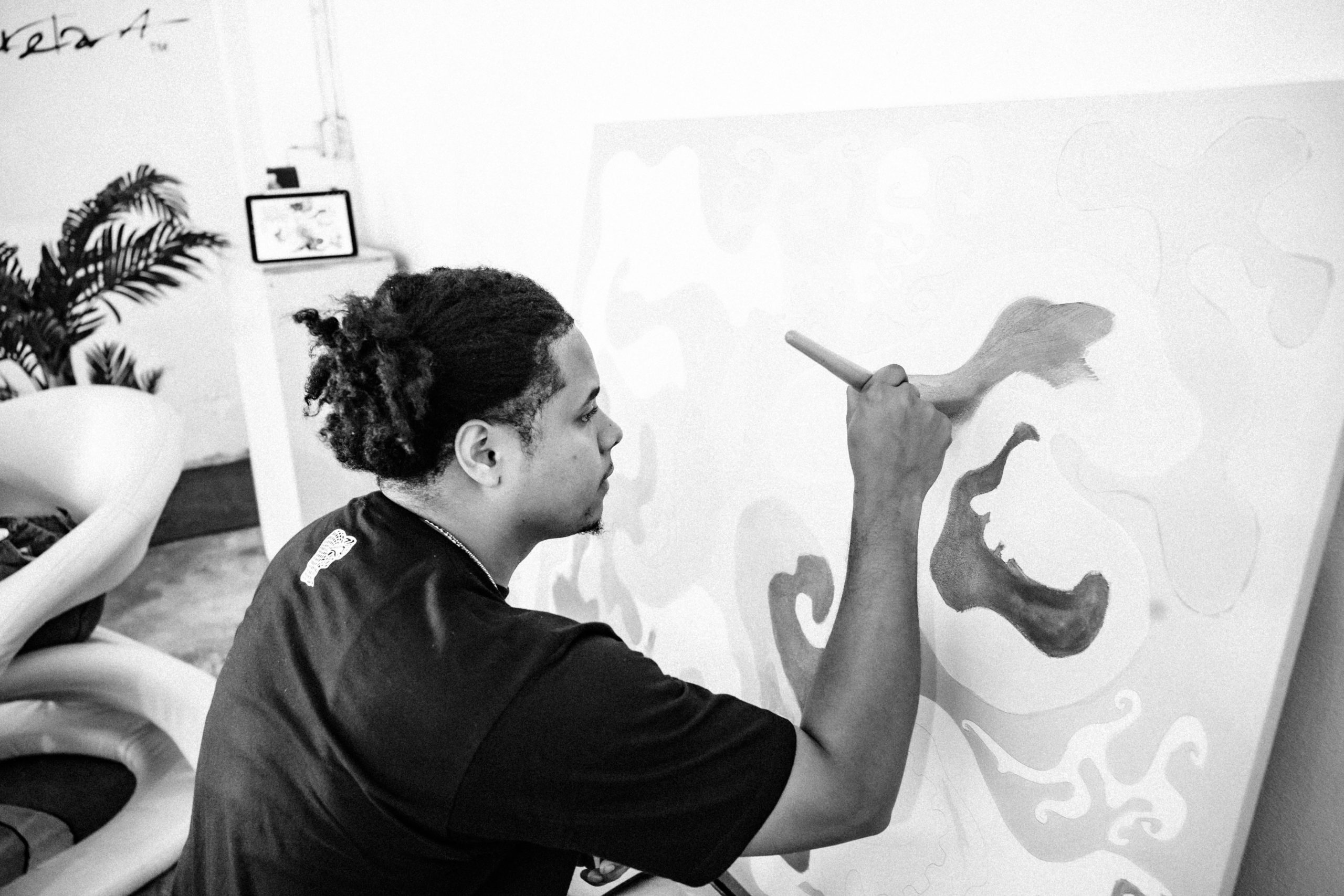
Companies that are continuing to fund the arts are increasingly partnering with arts organizations to address social challenges, including racism and other forms of inequality, finds a new report by The Conference Board and Americans for the Arts.
The survey also finds that the outlook for arts funding is largely stable. 75 percent of respondents continue to support the arts, despite the toll inflicted by the pandemic. Moreover, 72 percent plan on maintaining their current level of funding for the arts over the next three years, and eight percent plan on increasing it.
The report’s insights reflect survey responses from more than 100 corporate citizenship and philanthropy professionals at public and private companies. The insights also reflect external research and informal discussions with Member companies of The Conference Board that have expertise in corporate support for the arts.
Insights and findings from the report include:
Working with the Arts to Enhance Diversity & Advance Racial Equality
62 percent of respondents are using the arts to increase diversity. Among them, most are supporting both organizations that serve communities of color and arts organizations led by people of color.
The top ways respondent companies are addressing racism through their support for the arts:
- Providing funding, making in-kind contributions, and/or offering volunteers to arts organizations that serve racially and ethnically diverse communities (77 percent).
- Providing funding, making in-kind contributions, and/or offering volunteers to arts organizations with diverse leadership (61 percent).
- Providing funding, making in-kind contributions, and/or offering volunteers to arts programs that serve diverse communities that are operated by major institutions (59 percent).
53 percent of firms are addressing the diversity of the arts organizations they fund, but only 10 percent require diversity before making a grant.
The top ways companies are helping arts organizations increase the diversity of the staff, leadership, and board:
- Considering diversity when making a grant (36 percent).
- Including staff, leadership, and board demographic data questions on grant applications (31 percent).
- Requiring diversity when making a grant (10 percent).
- Adjusting its nonprofit board employee placement programs (10 percent).
“Companies that are looking to support the arts in ways that advance racial equality and other social goals may wish to join forces with other companies to increase their impact,” said Robert Schwarz, a Senior Researcher at The Conference Board ESG Center and author of the report.
Supporting the Arts: Financial Outlook, Participation, and Reasons for Contributing
The outlook for arts funding over the next three years is largely stable.
- 72 percent of respondents plan to maintain their level of support over the next three years.
- 8 percent plan to increase their level of support.
- 20 percent plan to decrease their level of support.
- Despite the economic fallout from COVID-19, 75 percent of respondents continue to support the arts.
Supporting the arts serves DEI and workforce goals. Still, the top reason companies support the arts is to strengthen arts appreciation in general.
The top three reasons companies fund the arts:
- Strengthening appreciation for the arts in general (56 percent).
- Enhancing and complimenting its diversity, equity, & inclusion efforts (48 percent).
- Helping to develop creativity and critical thinking in the future workforce (39 percent).
Nolen V. Bivens, President and CEO of Americans for the Arts, commented, “Building genuine partnerships between the arts and business communities based on shared values, vision, and core mission areas benefit every participant in the arts and culture ecosystem. I am very pleased that 75 percent of businesses support the arts, and 62 percent use the arts to increase diversity, creativity, and innovation. It is clear that businesses are taking seriously their role in strengthening communities. The arts are a way to do this. Businesses also use their support for the arts as a means to address key local issues such as education, the economy, and public discourse. When we support the arts, we are getting more than cultural benefits—we are also building healthier communities that we want to live and work in.”
Priorities for the Future
62 percent of respondent companies are planning to use the arts to help achieve diversity goals, such as exposing people to various cultures. They are also planning to use the arts to support community enrichment and economic development goals.
Over the next three years, companies plan to use some or all of their arts program resources in an effort to use the arts to help meet their corporate citizenship goals in the following areas:
- Diversity, equity, & inclusion (41 percent).
- Community vitality and enrichment (39 percent).
- Business and economic development (25 percent).
- Mental health and well-being (7 percent).
“We know from a recent report by The Conference Board that attracting and retaining talent is the number-one internal priority for CEOs globally, and that racial equality is a top-two ESG-social priority for US CEOs. Given the role that arts can play in addressing both those challenges, CEOs—including those whose companies have stopped funding the arts—should ask their corporate citizenship teams how partnering with arts organizations can help their DE&I initiatives by sparking conversations about different cultures, and competing for talent by offering employees more creative outlets,” said Paul Washington, Executive Director of The Conference Board ESG Center.













